China Lake: The Secret Grenade Launcher of the Vietnam War

During my months traveling through Vietnam, I came across not one, but two China Lake grenade launchers tucked away in local military museums, one in the south and one in the north. Most visitors walked right past without realizing they were looking at one of the rarest and most unusual weapons of the Vietnam War: a pump-action, multi-shot 40mm launcher that stayed in the shadows for decades before quietly gaining a cult following.
The Navy built the China Lake specifically for SEALs in Vietnam. SEALs often faced the most dangerous missions imaginable, and success depended on weapons that could maximize the firepower of small, highly mobile units.
Developed in the late 1960s for the Navy’s most elite operators, the launcher was never churned out on factory assembly lines. Instead, each was hand-built in small batches at a naval research facility deep in California’s Mojave Desert, the Naval Air Weapons Station at China Lake, the Navy’s primary hub for weapons research, testing, and development. The weapon was conceived as the answer to the single-shot limitations of the M79 grenade launcher.
Despite its rarity, it earned an outsized reputation with those who carried it. Its rapid multi-shot capability, dependable performance in the harsh jungle, and sheer destructive punch made it a prized tool for close-quarters engagements. With one in the chamber, a SEAL grenadier had four times the firepower of an M79, and thanks to its intuitive pump-action shotgun layout, all four rounds could be fired before the first one even landed. Constructed largely from aluminum, it was surprisingly lightweight and easy for one man to carry.
The M79
The M79 grenade launcher was a staple of U.S. infantry squads in Vietnam. It was accurate, simple, and deadly, capable of firing 40x46mm low-velocity grenades, high-explosive, buckshot, or smoke out to 400 meters. But it had one glaring weakness: it could fire only a single round before reloading.
For regular infantry, this wasn’t always a deal-breaker. However, the slow reload time could be fatal for small, deep-penetration units like the SEALs, Marine Force Recon, or MACV-SOG. In the unpredictable jungle, where ambushes could erupt at point-blank range, losing precious seconds to reload could cost lives.
A repeating grenade launcher promised a decisive edge. In both counter-ambush scenarios and deliberate assaults, the ability to unleash multiple high-explosive rounds in quick succession could overwhelm enemy forces before they had a chance to respond. In the sudden, violent, close-quarters combat of the jungle, often against superior numbers, that extra firepower could be the difference between survival and disaster. Though special teams admired the sawed-off M79, with XM576E1 buckshot, it was popular for tight engagements but still lacked the volume of fire.
The Beginning
In 1967, the Naval Air Weapons Station at China Lake took on the challenge. Under designer Alfred Kermode, engineers developed a rugged, lightweight, and simple pump-action grenade launcher capable of rapid multi-shot fire. The result was the “China Lake Grenade Launcher,” a manually operated, tubular-magazine weapon with a pump-action mechanism much like a shotgun. It carried three rounds in the magazine plus one in the chamber for a total of four shots. Built from steel and aircraft-grade aluminum with a wood stock and fore-end, it was instantly familiar to anyone who had handled a shotgun, allowing operators to master it with minimal training.
Specifications:
- Caliber: 40x46mm low-velocity grenade
- Operation: Pump-action, tubular magazine
- Capacity: 3+1 rounds
- Weight: 8.5 lbs (3.9 kg) unloaded
- Effective Range: 75–400 meters
The pump-action system lets a shooter chamber the next round in less than a second, allowing a SEAL to deliver four high-explosive grenades on target in moments, a huge leap over the M79.
Combat Deployment
The China Lake was never mass-produced. Around 24 units were hand-built and issued exclusively to Navy SEALs, MACV-SOG, and Marine Force Recon from late 1968 into the early 1970s, with the Navy receiving the bulk, roughly 20 to 22 launchers. In the Mekong Delta’s swamps, the highlands’ rain-soaked jungles, and during covert cross-border operations into Laos and Cambodia, the China Lake proved itself invaluable. Outnumbered and far from support, SEAL teams could quickly launch multiple grenades into enemy positions, against bunkers, sampans, or fortified treelines.
Reports from the field praised its ruggedness, accuracy, and dependability, even in Southeast Asia’s mud, rain, and blistering heat. Other grenade systems, the XM148 and later the M203, were also deployed, but these remained single-shot designs. They were lighter, yes, but lacked China Lake’s devastating capacity.
Legacy and Rarity
Several factors kept the China Lake from wider production. By the early 1970s, U.S. combat operations in Vietnam were winding down, and budgets for experimental weapons were shrinking. The M203 under-barrel launcher was already in development for the Army, though slower, it was lighter and simpler, and allowed soldiers to retain their rifles, making it more practical for general issue.
When the war ended, surviving China Lakes were quietly retired or placed in storage. Today, genuine Vietnam-era examples are among the rarest of all U.S. military firearms, with only a handful confirmed in museums. Their scarcity and direct link to special operations forces make them especially fascinating to historians and collectors alike.
Final Thoughts
The China Lake grenade launcher is a textbook case of special-operations-driven innovation, a weapon born to solve problems teams faced in the most dangerous corners of the Vietnam War. Purpose-built for SEALs, it gave a skilled grenadier the power to change the course of a firefight. Four grenades in under five seconds could shatter an ambush, knock out enemy positions, or stop a counterattack before it gains momentum.
Its service life was short and its production run minuscule, but the China Lake remains one of the Vietnam War's most intriguing and instantly recognizable weapons. Born of necessity, shaped by the demands of unconventional warfare, and remembered fondly by those who carried it, it proves that a small group of dedicated engineers can create a battlefield solution with a lasting legacy.

Lynndon Schooler is an open-source weapons intelligence professional with a background as an infantryman in the US Army. His experience includes working as a gunsmith and production manager in firearm manufacturing, as well as serving as an armorer, consultant, and instructor in nonstandard weapons. His articles have been published in Small Arms Review and the Small Arms Defence Journal. https://www.instagram.com/lynndons
More by Lynndon Schooler







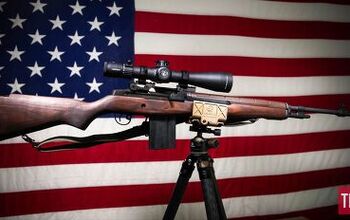
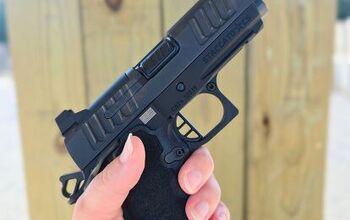
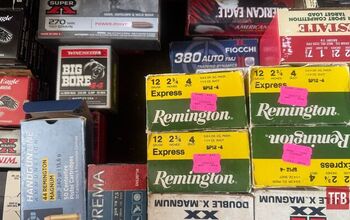
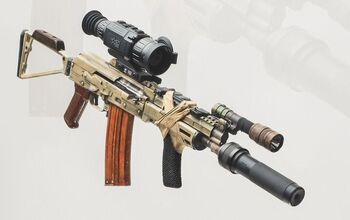


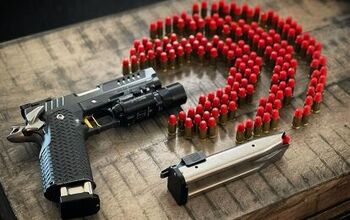

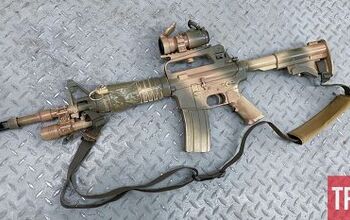



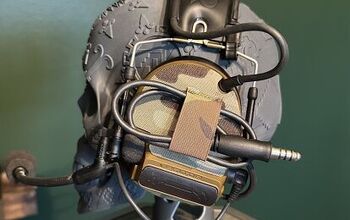
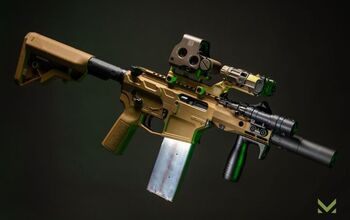
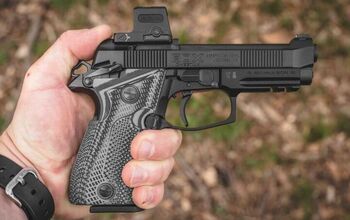
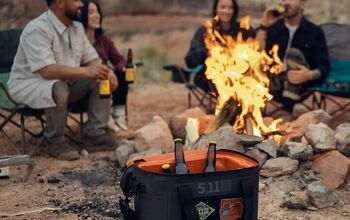


Comments
Join the conversation
It certainly wasn’t secret to those downrange after pumping out 4 rounds.
Popularized by CoD.